Growing milkweed is one of the most rewarding actions a gardener can take to support monarch butterflies. Monarchs rely on milkweed as the sole host plant for their caterpillars, and without it, their populations struggle to thrive. By planting milkweed, you provide critical habitat and resources for these beautiful butterflies, helping to ensure their survival.
I can’t tell you how fulfilling it is to watch monarch butterflies flitting around my garden, knowing that I’m playing a part in their life cycle. Whether you’re an experienced gardener or just starting out, growing milkweed is a fantastic way to make a positive impact on the environment. Let’s dive into the steps for growing milkweed and creating a haven for monarch butterflies in your garden.
Choose the Right Variety

Choosing the right variety of milkweed for your region is crucial for success. Different species of milkweed thrive in different climates and soil conditions. Common milkweed (Asclepias syriaca) is a great choice for many parts of North America, while swamp milkweed (Asclepias incarnata) prefers wetter conditions, and butterfly weed (Asclepias tuberosa) does well in drier, well-drained soils.
I love experimenting with different varieties of milkweed to see which ones do best in my garden. Not only does this add diversity to the garden, but it also ensures that monarchs have a range of options to choose from. Research your local conditions and select the milkweed varieties that are native to your area for the best results.
Plant Milkweed Seeds
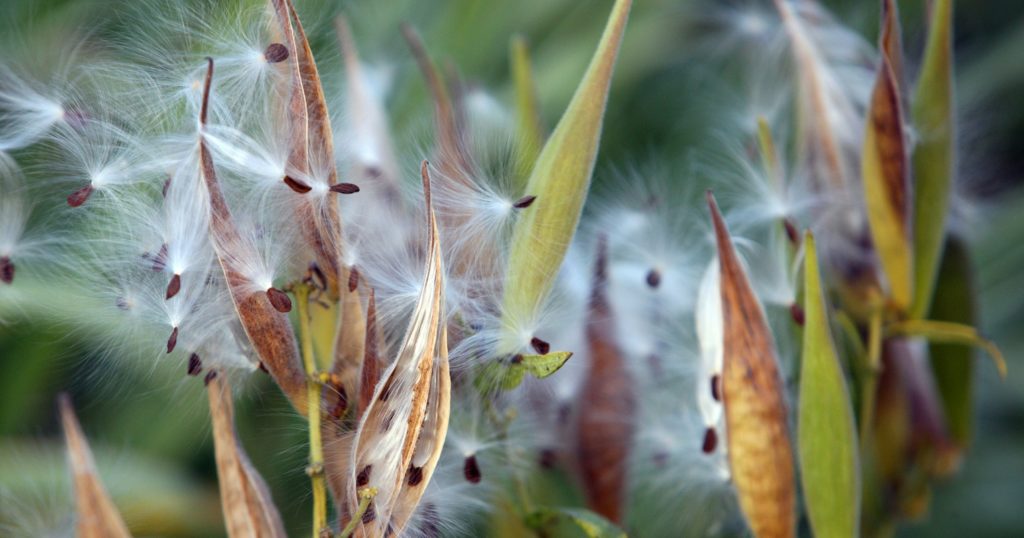
Planting milkweed seeds is a simple and effective way to start your milkweed garden. Sow the seeds directly in the ground in the fall, allowing them to undergo natural cold stratification over the winter. This mimics their natural life cycle and helps ensure good germination in the spring. If you prefer to start seeds indoors, stratify them by placing them in a moist paper towel in the refrigerator for 30 days before planting.
I always look forward to planting milkweed seeds each fall. It’s exciting to think about the vibrant blooms and fluttering monarchs that will appear the following summer. Once the seeds are stratified, plant them in a sunny location with well-drained soil, covering them lightly with soil. Water gently to help them settle in, and watch for sprouts in the spring.
Provide Adequate Water
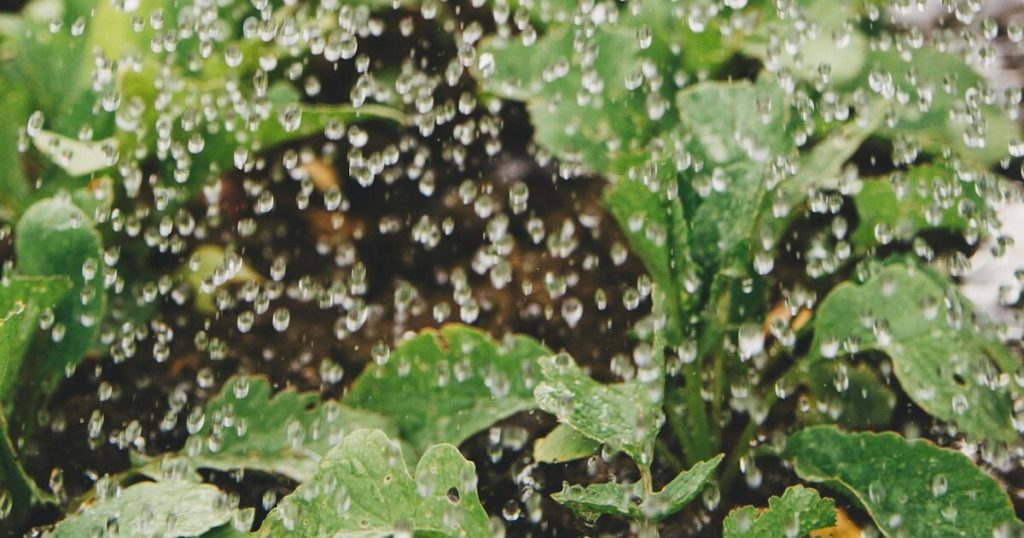
Milkweed needs adequate water, especially when first establishing. Water the plants regularly until they are well-established, usually within the first growing season. Once established, most milkweed varieties are quite drought-tolerant, although swamp milkweed will appreciate more consistent moisture.
I find that keeping a consistent watering schedule is crucial for young milkweed plants. It’s such a bummer when plants don’t thrive due to lack of water. Mulching around the base of the plants can help retain soil moisture and keep weeds at bay. Be sure not to overwater, as milkweed does not like soggy soil.
Ensure Full Sunlight
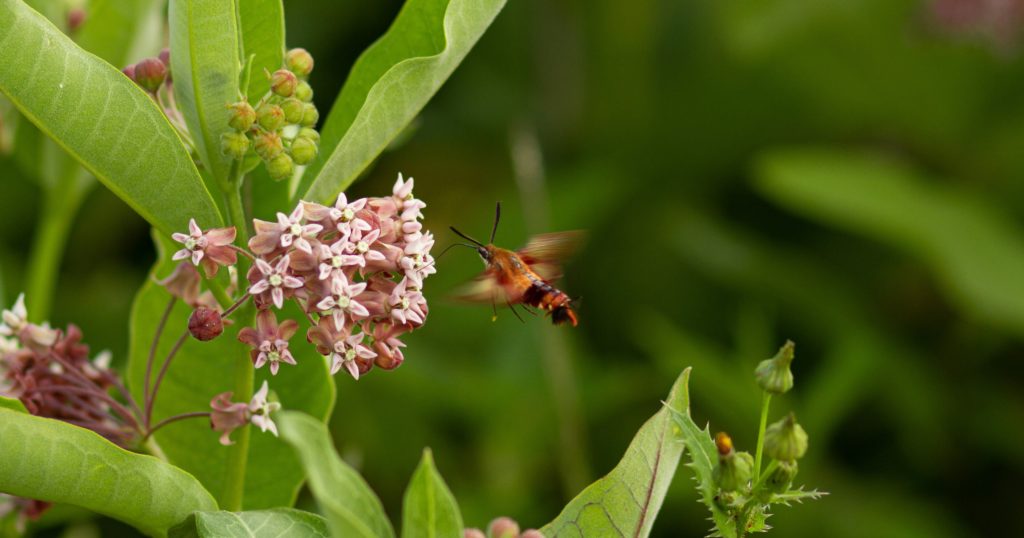
Milkweed thrives in full sunlight, requiring at least six hours of direct sunlight per day. Choose a sunny spot in your garden where the plants can soak up plenty of rays. Adequate sunlight ensures robust growth and vibrant blooms, which in turn attract monarch butterflies.
I love watching my milkweed plants basking in the sunlight. It’s amazing how quickly they grow when they get enough light. If your garden has limited sun exposure, consider planting milkweed in containers that you can move to the sunniest spots. Ensuring your milkweed gets plenty of sunlight will lead to healthier plants and more monarch visitors.
Control Pests Naturally
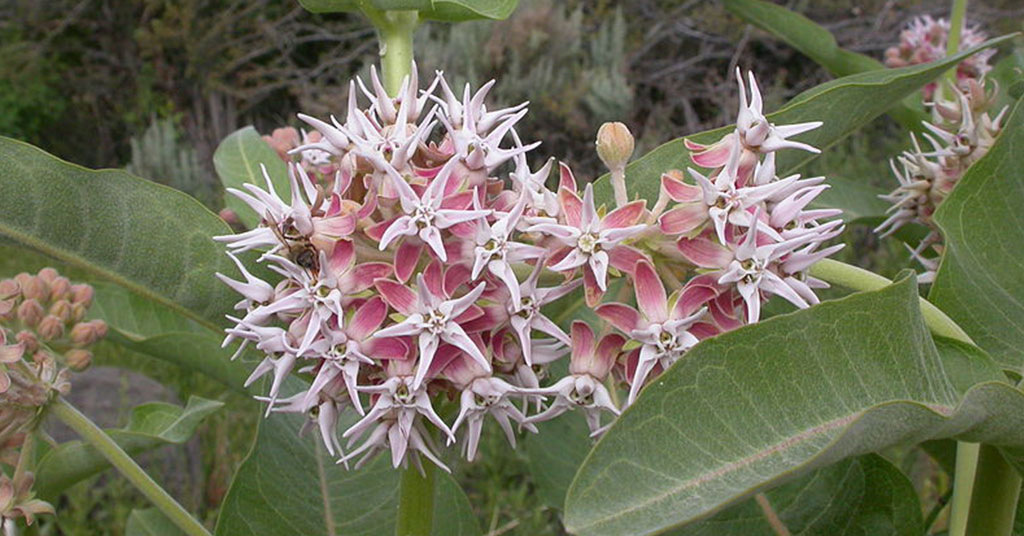
While milkweed is generally hardy, it can attract pests such as aphids. Instead of resorting to chemical pesticides, which can harm monarch caterpillars and other beneficial insects, try natural pest control methods. Introduce ladybugs to your garden, which are natural predators of aphids, or spray the plants with a mixture of water and mild soap.
I’ve found that a gentle approach to pest control works best for my milkweed plants. It’s so important to protect the monarch caterpillars that rely on these plants. Regularly inspect your plants for pests and take action early to keep your milkweed healthy and thriving without harming the butterflies.
Mulch for Moisture Retention
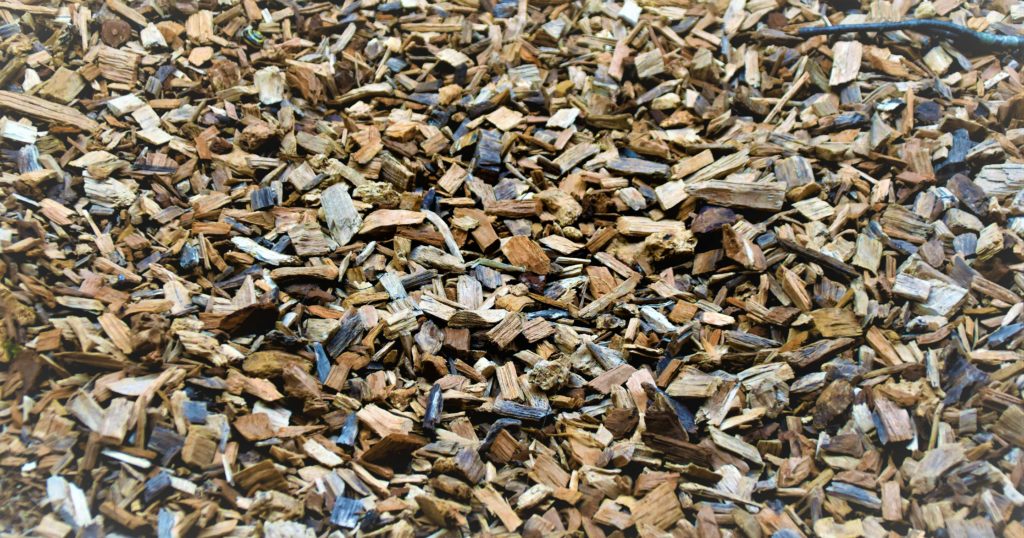
Applying mulch around your milkweed plants can help retain soil moisture, regulate soil temperature, and reduce weed competition. Use organic mulch such as straw, shredded leaves, or grass clippings, and spread it around the base of the plants, keeping it a few inches away from the stems to prevent rot.
I love the tidy appearance mulch gives my garden, and it’s such a simple way to improve plant health. Mulch helps create a stable environment for your milkweed, ensuring they have the moisture they need to thrive. Plus, it cuts down on the time you spend weeding, giving you more time to enjoy your garden.
Fertilize Sparingly
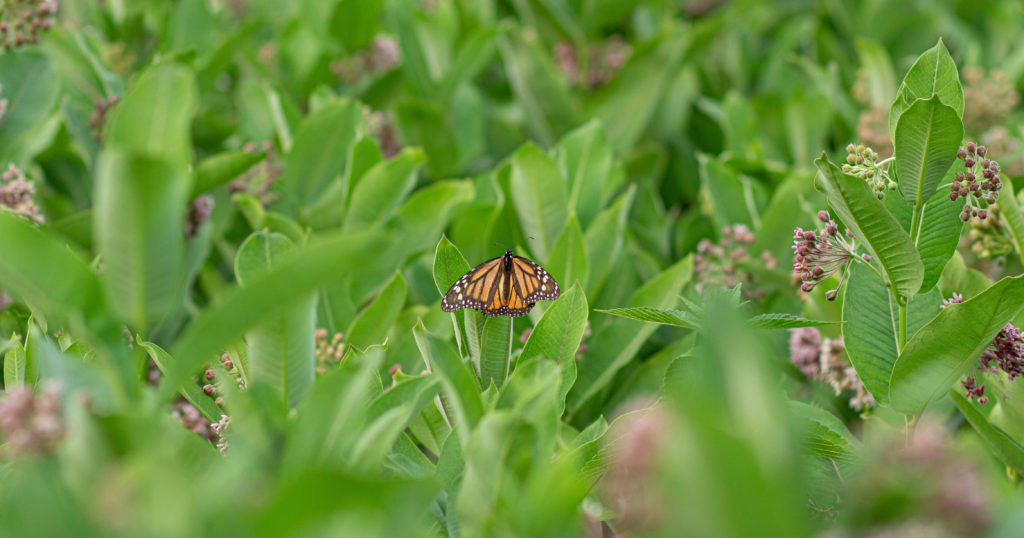
Milkweed generally doesn’t require much fertilization. In fact, too much fertilizer can promote leaf growth at the expense of flowers, which are essential for attracting monarchs. If your soil is particularly poor, you can amend it with compost before planting or use a balanced, slow-release fertilizer sparingly.
I find that keeping things simple works best with milkweed. It’s such a hardy plant that it often does well with minimal intervention. Focus on providing good soil and adequate water, and your milkweed will typically thrive without the need for frequent fertilization.
Provide Support for Tall Varieties
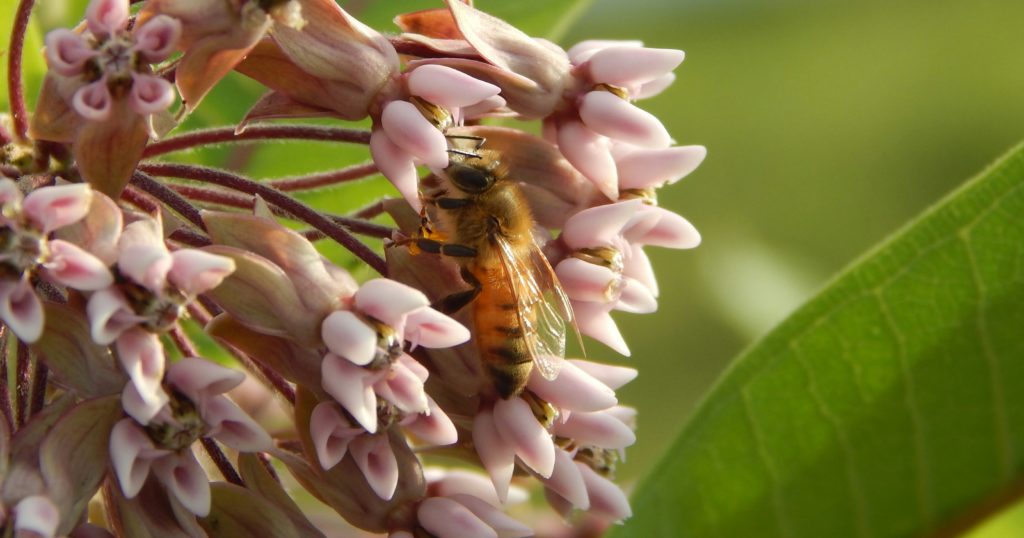
Some milkweed varieties, like common milkweed, can grow quite tall and may benefit from support to prevent them from falling over. Use stakes or plant supports to help keep the tall stems upright, especially in windy areas. This ensures that the plants remain healthy and the blooms are easily accessible to butterflies.
I love the towering presence of tall milkweed varieties in my garden. It’s always a good idea to be prepared with some stakes or supports. Providing support helps the plants stay strong and makes your garden look neat and tidy, all while ensuring that monarchs can easily find and use the plants.
Monitor for Diseases

Keep an eye out for signs of disease in your milkweed plants, such as yellowing leaves, wilting, or spots. Common issues include fungal infections and rust. Remove any affected leaves promptly to prevent the spread of disease, and ensure good air circulation around the plants by spacing them appropriately.
I know how frustrating it can be to deal with plant diseases, but early detection and action can make a big difference. Keeping your milkweed healthy is essential for supporting monarchs. Regularly check your plants and take steps to manage any problems quickly, ensuring your milkweed remains a thriving part of your garden.
Enjoy the Butterflies!
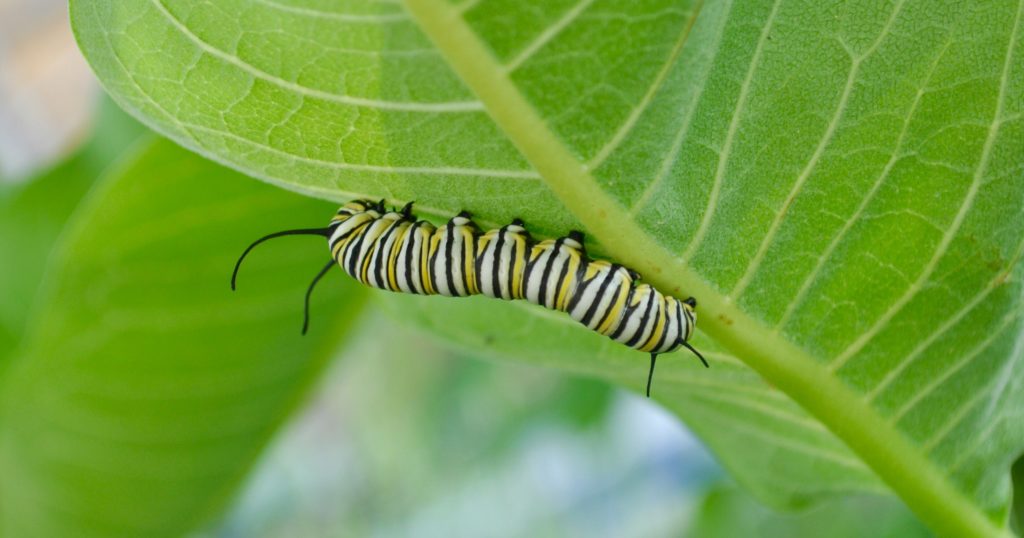
One of the most rewarding parts of growing milkweed is watching monarch butterflies visit your garden. Once your milkweed is established and blooming, you can expect to see these beautiful butterflies laying eggs and caterpillars munching on the leaves. It’s a wonderful feeling to know you’re supporting the monarch population.
I can’t describe the joy I feel when I see monarchs in my garden. It’s truly a magical experience and a reminder of the importance of gardening for wildlife. Take time to enjoy the butterflies and share your garden with friends and family, spreading the word about the importance of milkweed for monarchs.
Growing milkweed is a simple yet impactful way to support monarch butterflies. By following these steps, you can create a thriving habitat that not only enhances your garden but also plays a crucial role in the conservation of these beautiful creatures.













